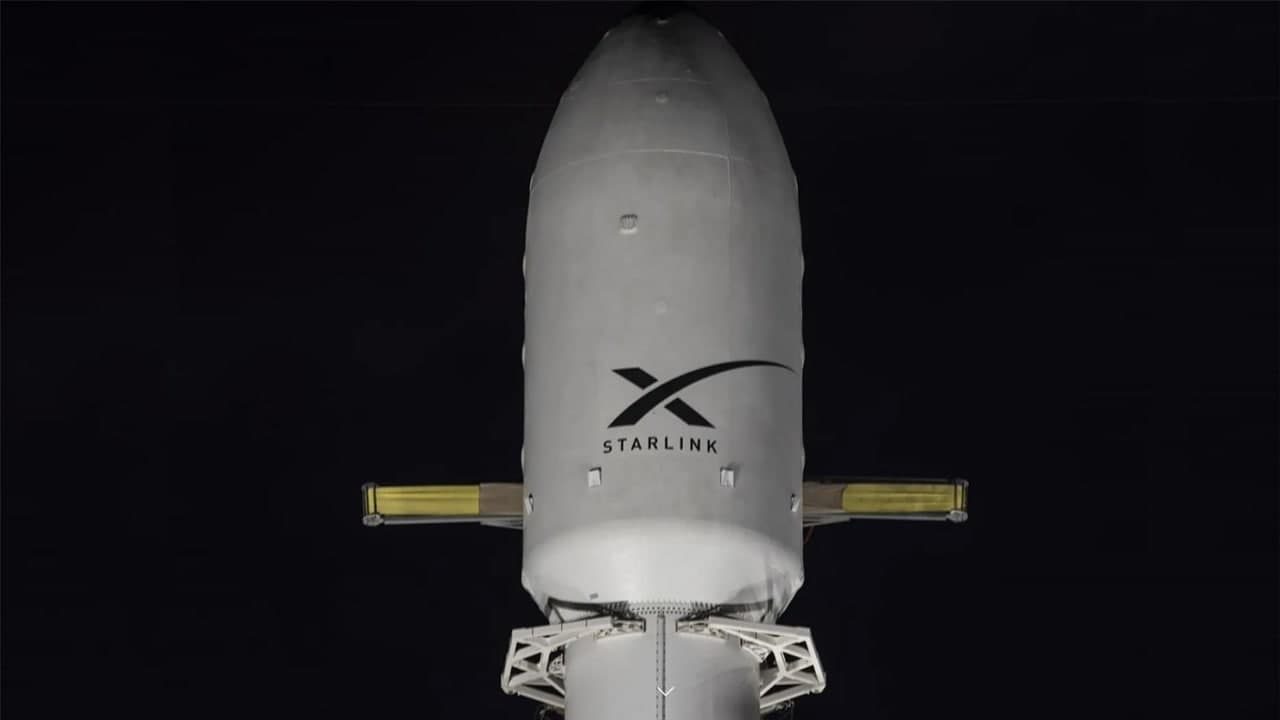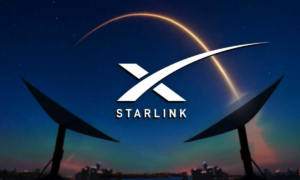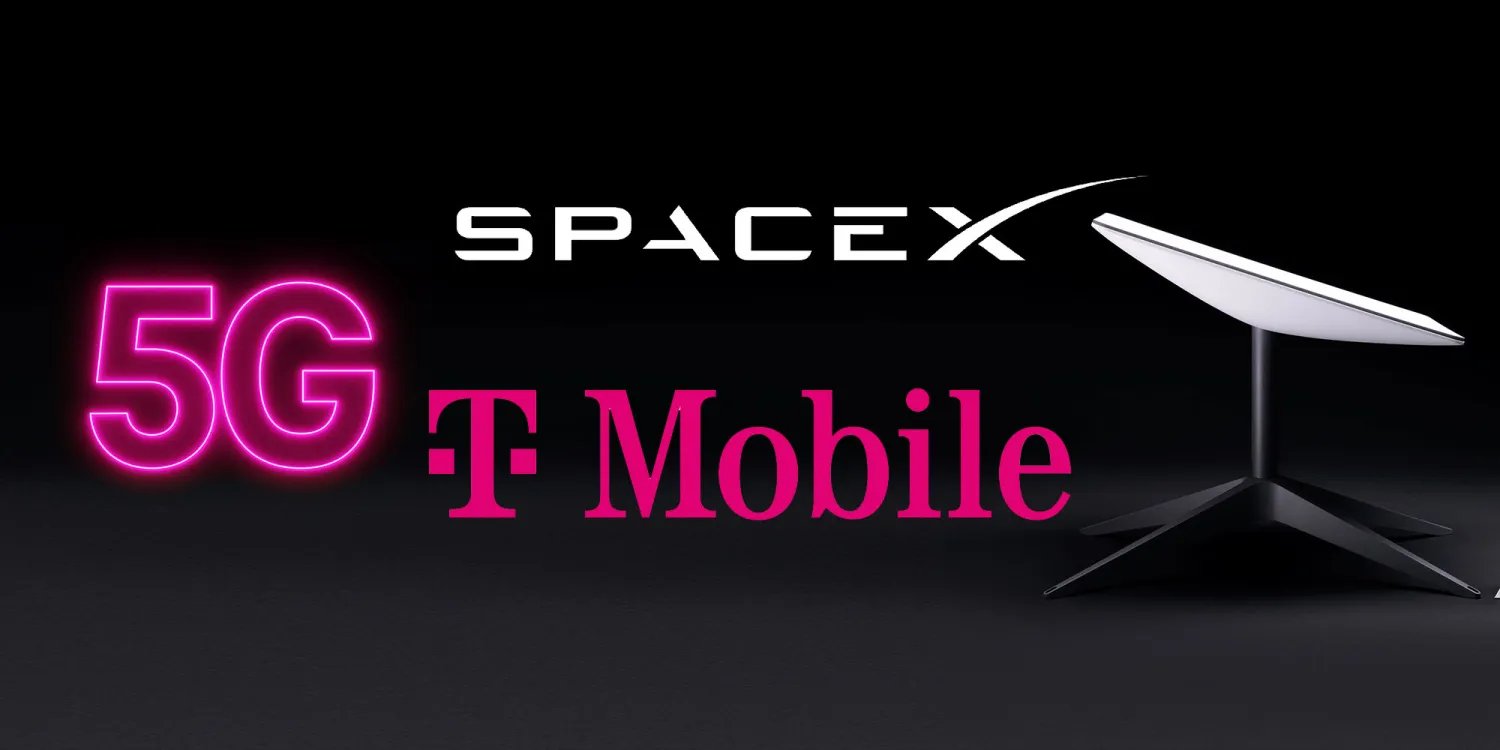According to the latest report, at the “Satellite 2022” conference, SpaceX Vice President Jonathan Hofeller said that SpaceX Starlink currently has a total of 250,000 Internet customers, and has deployed More than 2,000 broadband Internet communication satellites are building a global Internet platform.
SpaceX believes that the market for in-flight Internet access for commercial aircraft has come to a major change. It is not very convenient for civil aviation passengers to surf the Internet on the plane, and in the view of Elon Musk’s SpaceX company, the Internet antenna that the Starlink system is about to launch for civil aviation aircraft will soon bring a subversive revolution to this market.
Join tip3x on Telegram
In fact, since the Starlink system began to be put into service, SpaceX has been discussing the market to be disrupted, including in-flight Internet access. Huo Feile said that with the advancement of technology, the expectations of civil aviation passengers for Internet services have also changed, which has brought business opportunities to the Starlink system.
Huo Feile said that in SpaceX’s view, there is no essential difference between in-flight Internet access and Internet access at home, and it should be very simple and convenient. For example, at home, when consumers return home, Internet service is automatically available, and it is high-speed broadband.
 In the past, airlines have often cooperated with satellite broadband service providers to provide WiFi in the cabin. Two of the more active companies are Viasat and Intelsat (the company has just acquired Gogo’s commercial aviation business), which serve civil aviation customers. Including Delta Air Lines, JetBlue Airways, United Airlines, American Airlines, etc.
In the past, airlines have often cooperated with satellite broadband service providers to provide WiFi in the cabin. Two of the more active companies are Viasat and Intelsat (the company has just acquired Gogo’s commercial aviation business), which serve civil aviation customers. Including Delta Air Lines, JetBlue Airways, United Airlines, American Airlines, etc.
However, most of the current cabin Internet services use communication satellites that are farther away from the earth, while SpaceX’s Starlink system relies on low-orbit satellites, which can greatly improve the Internet speed enjoyed by civil aviation passengers. In addition, Starlink deploys a large number of satellites in low orbits, which can bring passengers a seamless Internet service in the location.
Huo Feile said that he believes that the in-flight Internet service will be more convenient in the future. Consumers no longer need to consider the Internet speed of several bits per second. When they board the plane, they can surf the Internet and watch videos as if they were at home. SpaceX will develop in-flight Internet access, so every passenger on the plane can watch the video at the same time.
It is reported that SpaceX is currently testing the Internet antenna (or terminal) used on the plane. Huo Feile emphasized that the company is in the process of certification to use Internet antennas on a large number of aircraft models, which is also a regulatory hurdle before the official launch of Starlink’s in-flight Internet service.
At the conference, employees from aircraft manufacturer Embraer asked Hofele more questions. Huo Feile said that SpaceX is optimizing the design to make the Internet antenna smaller and lighter, but did not provide further details. He invited the employee to discuss the technology of in-flight Internet access in private.
So far, the Starlink system has deployed more than 2,000 broadband Internet communication satellites and is building a global Internet access platform. Huo Feile also revealed that StarChain currently has a total of 250,000 online customers, including consumers and enterprise users. In terms of price, ordinary users pay $99 per month for standard services and $500 per month for high-end services.

















